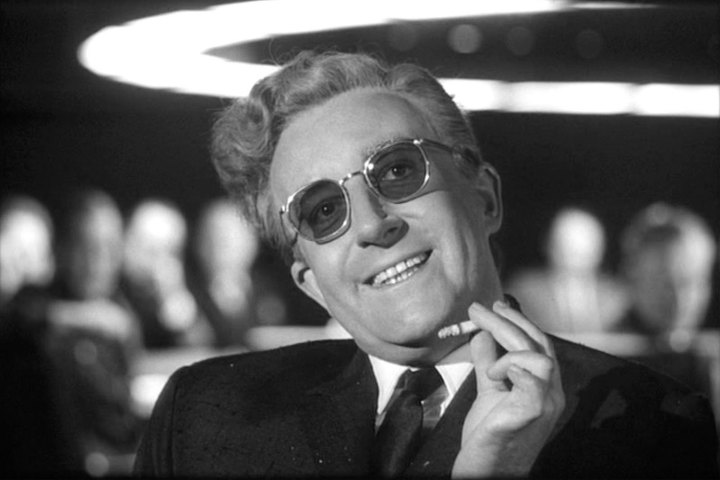
Unlike the majority of current electricity-generation technologies, which produce current by moving a magnet through a wire coil, the man-made diamond at the heart of the new battery project is able to produce a charge simply by being placed in close proximity to a source of radiation.
The research was shown off late last week at the University of Bristol’s Cabot Institute “Ideas to Change the World” annual lecture on Friday.
While at present the team’s prototype diamond battery uses nickel-63 as its radiation source, in the future they hope that this can be replaced by carbon-14, a radioactive version of carbon, which is created in the graphite blocks used in in nuclear power plants.
“This is a great example of where the U.K. could literally make value from waste,” Tom Scott, professor in materials in the University’s Interface Analysis Centre, told Digital Trends. “In the U.K. we have some 95,000 tonnes of irradiated graphite nuclear waste arising from the early test reactor programmes, Magnox and the current AGR fleet.”
For anyone who has ever been peeved at the short battery life of current generation AA batteries, the research could also represent an exciting step forward in this capacity, with the batteries boasting a lifespan far beyond that of regular alkaline batteries.
“An alkaline AA battery weighs about 20g, has an energy density of storage rating of 700J/g, and [uses] up this energy if operated continuously for about 24 hours,” Scott said. “A diamond beta-battery containing 1g of C14 will deliver 15J per day, and will continue to produce this level of output for 5,730 years — so its total energy storage rating is 2.7 TeraJ.” (read: million million Joules.)
While such long-lasting, low-power batteries probably won’t be replacing your iPhone battery any time soon, they do open up exciting possible use cases such as powering pacemakers, satellites, or even (conceivably) high-altitude drones.
The researchers are also hoping to crowdsource other possible applications by asking the public to tweet using the hashtag #diamondbattery.
Editors' Recommendations
- How long does a Ring Video Doorbell battery last?
- Cailifornia has a blackout problem. Could giant flow batteries be the solution?
- Giving robots a layer of fat could help supercharge their battery life
- Your MacBook’s battery could last longer thanks to a MacOS update
- Bentley’s first electric car could use cutting-edge solid-state batteries


